Future Vauxhall models will be even more distinctive as the British brand looks to establish itself as a leader in design under its new “bold and pure” mantra.
The introduction of a new design language started with the Vauxhall Mokka-previewing GT X Experimental concept of 2018, has continued on the new Astra and will be rolled out across all future models over the next few years. These will include replacements for the Crossland, Grandland and Insignia models and a reborn Manta before Vauxhall goes all-electric in 2028.
The Vauxhall design team has settled on “bold and pure” as its guiding principles and promised that every future model will be “approachable, progressive and ingenious”, according to chief designer Mark Adams.
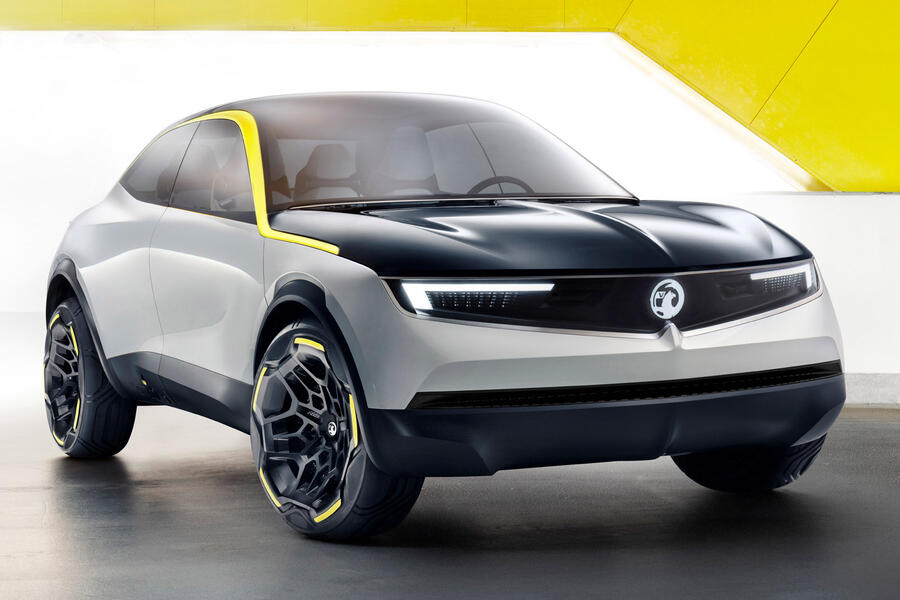
“We thought the brands [Vauxhall and Opel] were dusty and old and too mainstream,” said Adams, reflecting on the start of the redesign and rebranding process at the company. “So we wanted to be bold, countered by being pure. They sound like opposites, but it’s like sweet and sour: they shouldn’t go together, but they sit very well together.
“Progressive and ingenious aren’t things people would have thought of Vauxhall, but it’s what we want to stand for, to be progressive and modern.”
Adams admitted it would take time to reset the brand and public perception of it but said the early signs are good.
“You can trash a brand overnight, but it’s very hard to get it to where you want to be,” he said. “We’re early in the journey. The Mokka is crucial, but it’s just the start. We’re taking bold steps forward and will be consistent all along the way.”
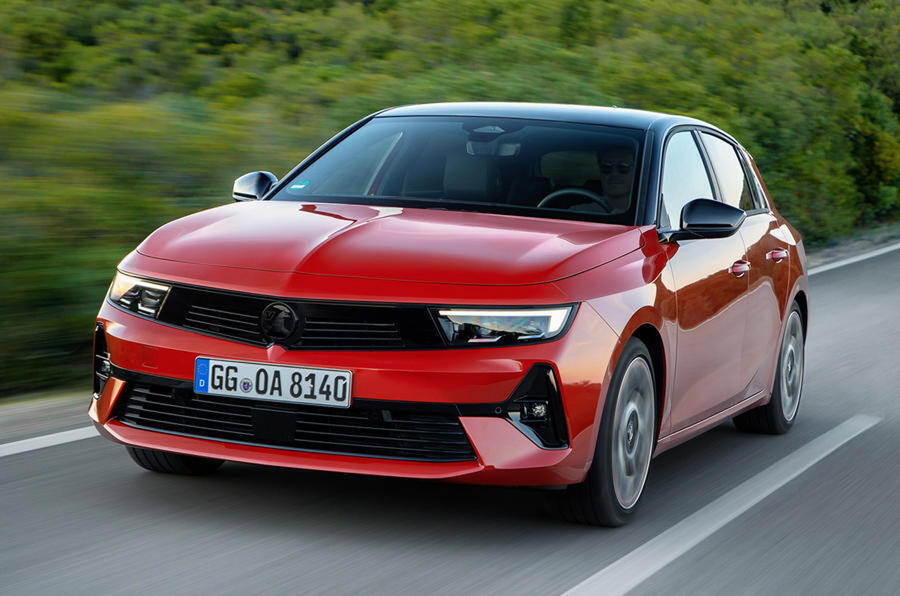
The ‘Vizor’ front end that was introduced by the GT X Experimental concept and has subsequently been used on the Mokka and Vauxhall Astra will also be a key feature of future models.
Adams said: “Vauxhall lacked a distinctive face. It had a nice face, like with the Insignia, but lots of others had a similar feeling. Vizor is really important. It’s not a grille; it’s everything including the lights and the technology you want to portray.”
Adams said Vauxhall became involved early on in ensuring its requirements are integrated into future Stellantis architectures to enable the marque to implement its design strategy.
The only exception under first PSA and now Stellantis ownership was the current Corsa. Vauxhall started redesigning the Corsa immediately after joining PSA to move it onto that company’s architecture instead of licensing the one left by General Motors.
“On day one at PSA, we started the design of the Corsa in record time,” explained Adams. “We had the architectural building blocks and we created around that.
“Since then, we, like all brands, have been up front in giving input into the ‘toolbox’. You have the fundamentals and then add on, with different brands using different tools and things unique with their brand.” Despite so many models coming from related Stellantis architectures, Adams said buyers won’t notice.
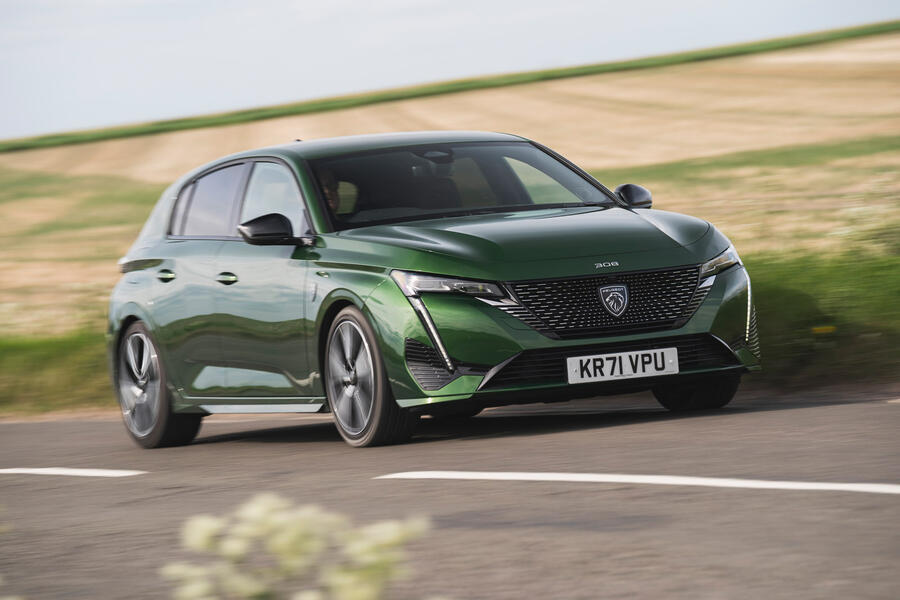
He explained: “You see an Astra and then a Peugeot 308 (above). I hope you wouldn’t say they were from the same fundamentals. Some things are, but things people don’t see, like starter motors. Things you look at, see and feel are different. Things are good now: we’re on a good path and we can still be better in the future.”
better in the future.” Stellantis ownership has made Vauxhall “able to be more ambitious”, said Adams, whereas in the past it “had to share with lots of brands with different end goals globally”.
Adams still reflects positively on GM’s ownership, though, saying there was “just a different playbook”.
“You look at the Astra, the interior and its quality,” he said. “We’ve really changed from the past with the handcuffs and the straitjacket to create a more demanding, progressive interior. We want to be more demanding with everything.”
Regarding Vauxhall’s positioning, Adams said the firm remains mainstream but has aspirations to grow still.
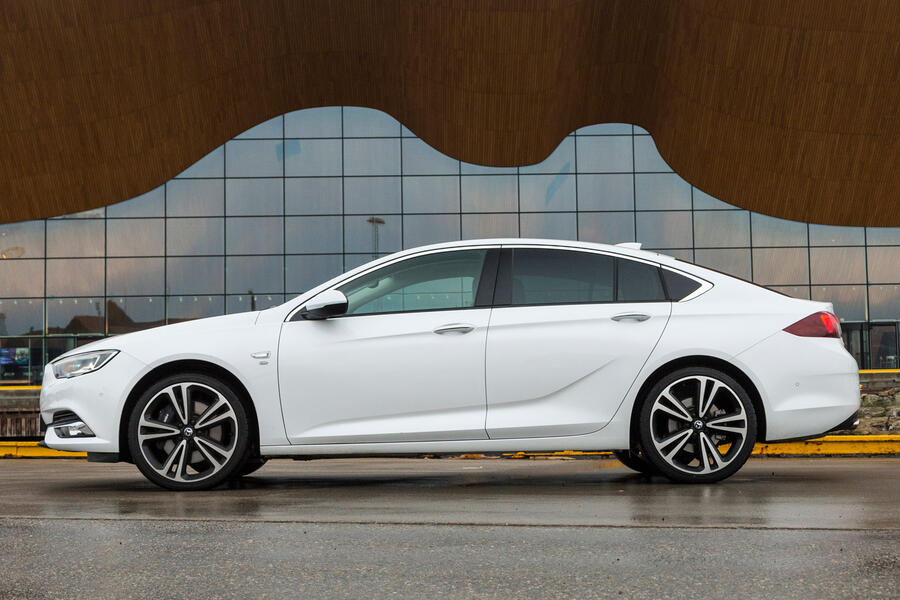
“We’re a mainstream brand, but we want to push ambitions,” he said. “We hold our DNA but reach forward as far as we can. Then it’s being consistent after that. We have the Mokka and Astra, and there are strong things coming that [will] push it further forward.”
There are no plans for Opel and Vauxhall to split, or to amalgamate under a common name, but Adams said that even in this new era for the sibling brands, they still have plenty of common ground, despite their different roots and histories.
Indeed, when work was being done on resetting the brands, the design team stripped them back and found “a surprising amount in common” that “led to a similar set of values”.
Adams added: “It’s not one that goes one way and one the other. There’s a lot of common ground, and then we go to market with products consistent with these brand values.”
Respectful but not nostalgic
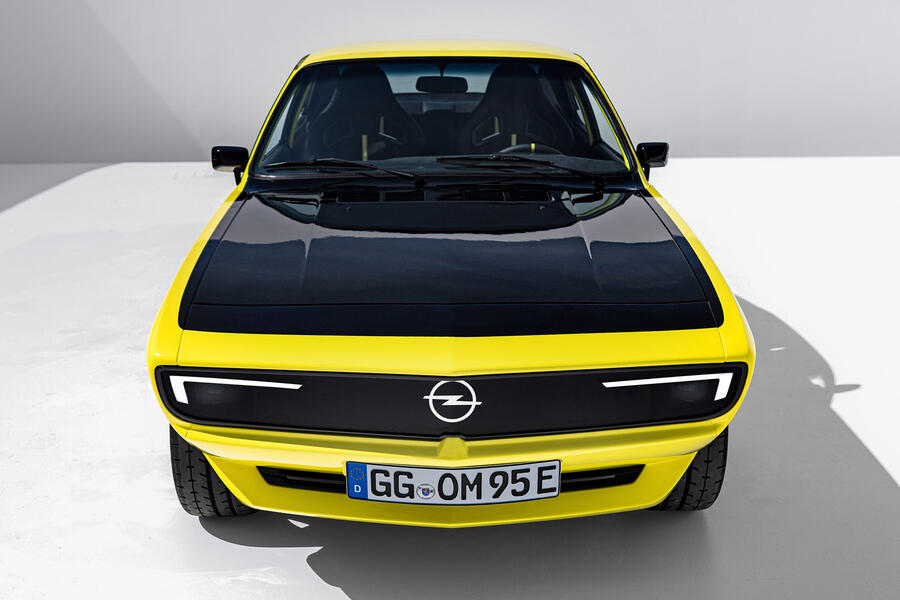
Speaking about Vauxhall’s previously confirmed plans to revive the Opel Manta in 2026 as an electric crossover coupé, chief designer Mark Adams said that while acknowledging the brand’s history is important, his team won’t create retro or pastiche models.
“We have half an eye on history to be proud of it, but we focus on the future and where we go,” he said. “You have things you can take from the past with resonance, but we don’t want to be pastiche, [making] retro models from the past. Take the spirit and the DNA and redo it for the customer group you’re targeting. You can’t do it all; you need to be selective.
“We’re definitely finding a nice link with things, but people who don’t know [the past model] can still connect and see the object as cool.”
Opel revived the original Manta coupé of 1970 to create the Opel Manta GSe ElektroMOD last year, but there is no plan to put the electromod into production.

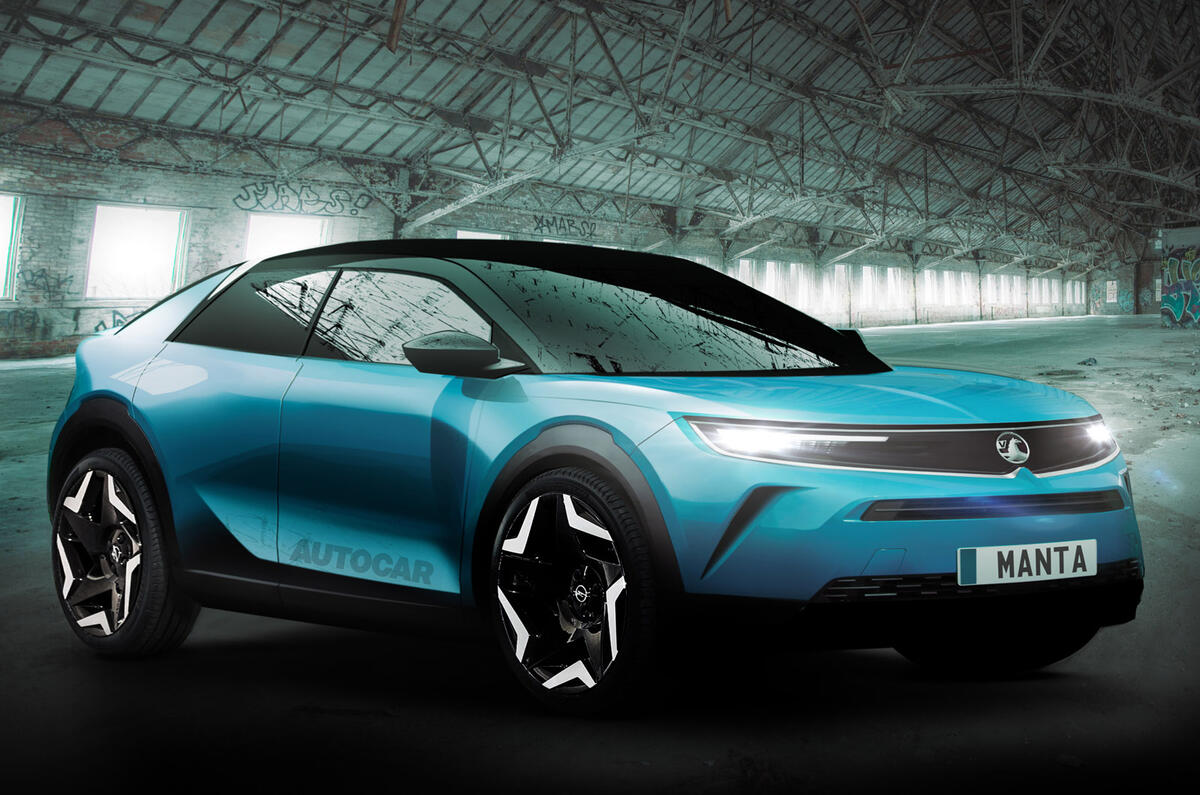
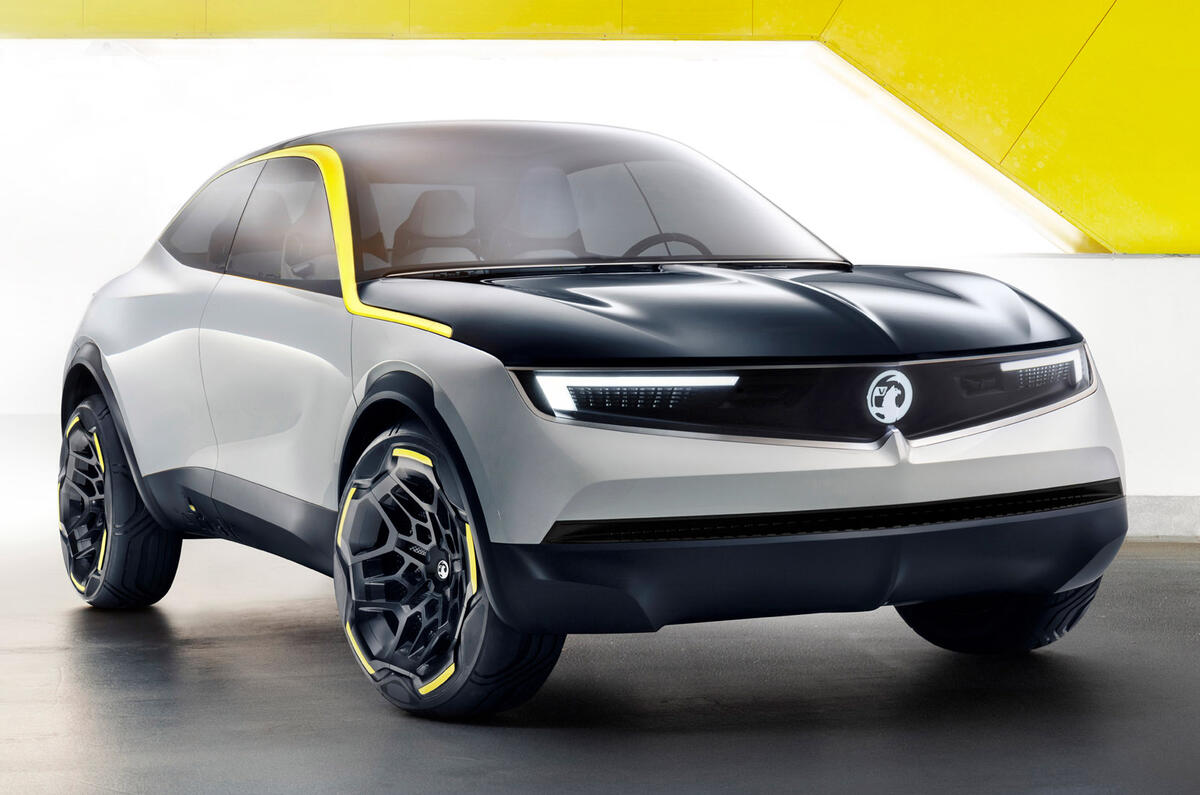
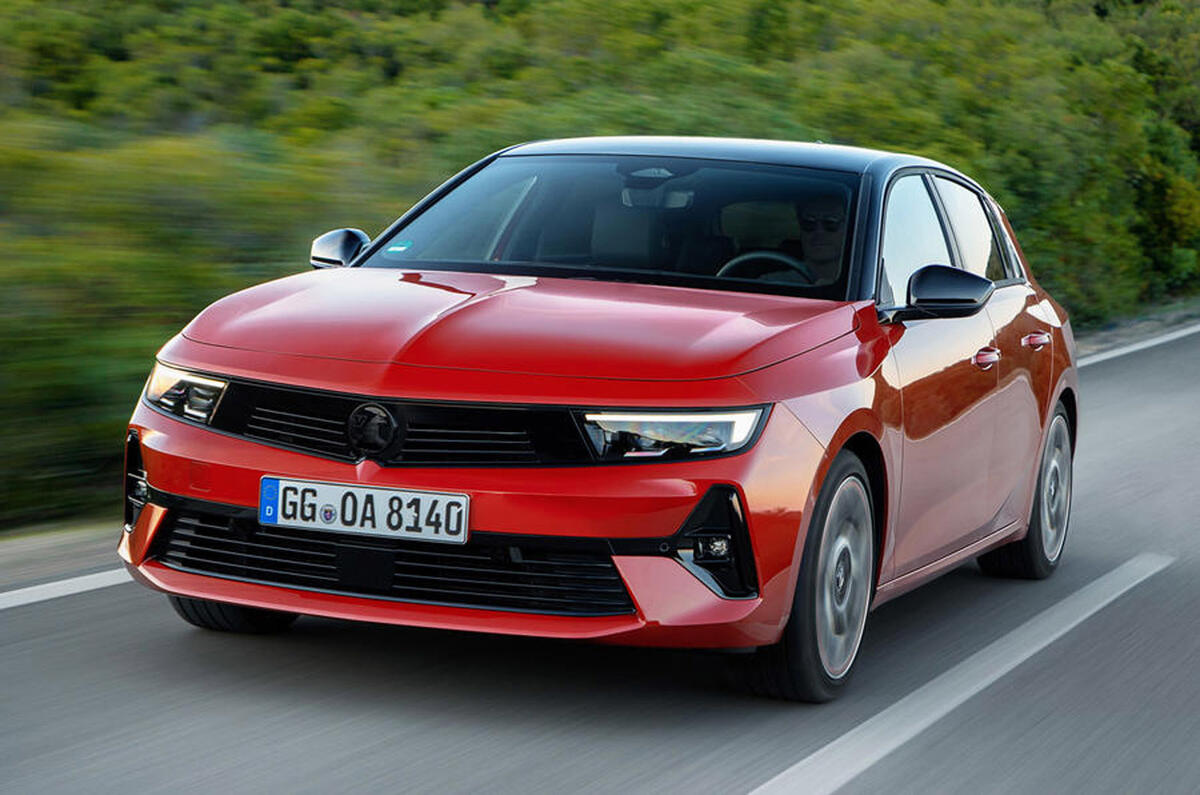
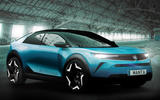
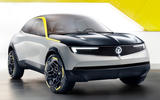
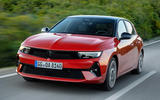






Join the debate
Add your comment
Vauxhall aren't offering anything especially interesting. Sure their styling is improving and they're not bad cars, but the Korean manufacturers offer much the same and with a better ownership proposition.
All the references in this article to what British brand Vauxhall are doing should of course instead refer to what German brand Opel are doing. The Vauxhall team working from their portacabin in Luton will have the incredibly complex and challenging task of sticking a Griffen badge on Opels work. They've been in the business since circa 1980